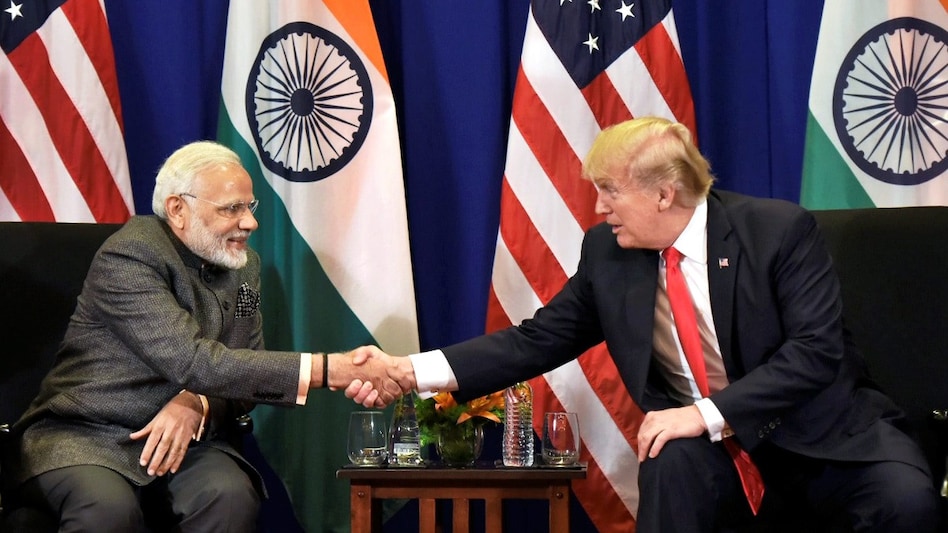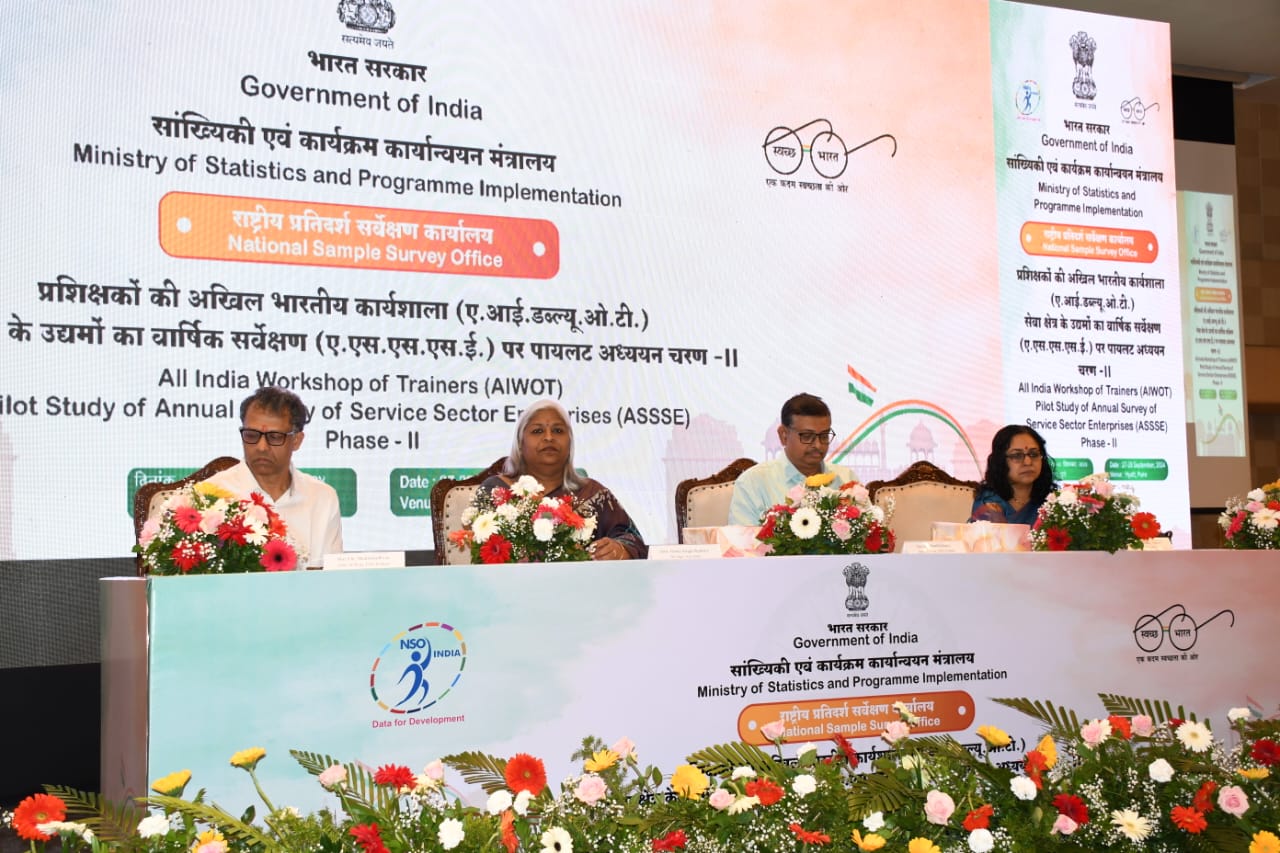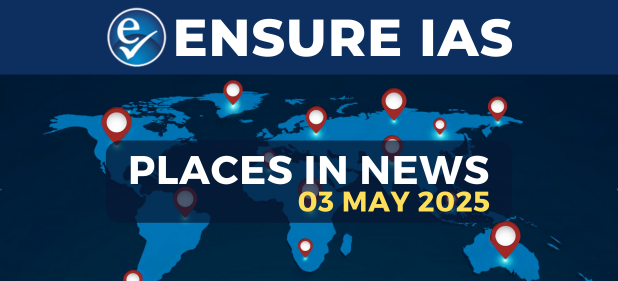- Courses
- GS Full Course 1 Year
- GS Full Course 2 Year
- GS Full Course 3 Year
- GS Full Course Till Selection
- CSAT
- 5 LAYERED ARJUNA Mentorship
- Public Administration Optional
- Online Program
- GS Recorded Course
- NCERT (Recorded 500+ Hours)
- Polity Recorded Course
- Geography Recorded Course
- Economy Recorded Course
- AMAC Recorded Course
- Modern India, Post Independence & World History
- Environment Recoded Course
- Governance Recoded Course
- Science & Tech. Recoded Course
- International Relations and Internal Security Recorded Course
- Disaster Management Module Course
- Ethics Recoded Course
- Essay Recoded Course
- Current Affairs Recoded Course
- ABOUT US
- OUR TOPPERS
- TEST SERIES
- FREE STUDY MATERIAL
- VIDEOS
- CONTACT US
INDIA US BILATERAL TRADE AGREEMENT
INDIA US BILATERAL TRADE AGREEMENT

- India and the US are negotiating a Bilateral Trade Agreement (BTA), which might bypass WTO’s Most Favoured Nation (MFN) clause by not extending tariff reductions to other WTO members.
- Although not officially termed a Free Trade Agreement (FTA) yet, the BTA could later be notified as part of a broader FTA framework.
- Officials argue that multilateralism is losing relevance, and bilateral negotiations are more practical and mutually beneficial.
- India and the US are negotiating a Bilateral Trade Agreement (BTA), which might bypass WTO’s Most Favoured Nation (MFN) clause by not extending tariff reductions to other WTO members.
- Although not officially termed a Free Trade Agreement (FTA) yet, the BTA could later be notified as part of a broader FTA framework.
- Officials argue that multilateralism is losing relevance, and bilateral negotiations are more practical and mutually beneficial.
Timeline and Goals:
- The agreement is expected to be signed by fall 2025, as per the understanding between PM Modi and US President Donald Trump.
- USA and India established “Mission 500” (to increase bilateral trade from $200 billion to $500 billion by 2030)
Trade Statistics (2024):
- India’s exports to the US: $60.01 billion (↑ 5.76% YoY)
- US imports to India: $34.29 billion (↑ 1.63% YoY)
- US Trade Data (USTR):
- Total goods trade: $129.2 billion
- US exports to India: $41.8 billion (↑ 3.4%)
- US imports from India: $87.4 billion (↑ 1.5%)
- US trade deficit with India: $45.7 billion (↑ 5.4%)
KEY WTO PRINCIPLES
|
Principle |
Core Idea |
Explanation |
|
1. Most Favoured Nation (MFN) |
No discrimination between WTO members |
If a trade benefit is given to one member, it must be given to all. |
|
2. National Treatment |
Equal treatment of foreign and domestic products |
After customs clearance, imported goods must be treated like local goods. |
|
3. Free Trade Through Negotiation |
Gradual reduction of trade barriers |
Members negotiate to reduce tariffs and other restrictions over time. |
|
4. Predictability and Transparency |
Stable and clear trading environment |
Members commit to tariff limits (“bindings”) and must inform WTO of changes. |
|
5. Promoting Fair Competition |
Prevent unfair trade practices |
Rules against dumping, export subsidies, and unfair advantages. |
|
6. Special & Differential Treatment |
Flexibility for developing and least-developed countries |
More time, technical help, and preferential access for weaker economies. |
US Secretary Howard Lutnick emphasized a focus on bilateralism, stating that worrying about every country globally makes trade negotiations “almost impossible.”
INDIA US BILATERAL TRADE AGREEMENT
- India and the US are negotiating a Bilateral Trade Agreement (BTA), which might bypass WTO’s Most Favoured Nation (MFN) clause by not extending tariff reductions to other WTO members.
- Although not officially termed a Free Trade Agreement (FTA) yet, the BTA could later be notified as part of a broader FTA framework.
- a
- Officials argue that multilateralism is losing relevance, and bilateral negotiations are more practical and mutually beneficial.
Timeline and Goals:
- The agreement is expected to be signed by fall 2025, as per the understanding between PM Modi and US President Donald Trump.
- USA and India established “Mission 500” (to increase bilateral trade from $200 billion to $500 billion by 2030)
Trade Statistics (2024):
- India’s exports to the US: $60.01 billion (↑ 5.76% YoY)
- US imports to India: $34.29 billion (↑ 1.63% YoY)
- US Trade Data (USTR):
- Total goods trade: $129.2 billion
- US exports to India: $41.8 billion (↑ 3.4%)
- US imports from India: $87.4 billion (↑ 1.5%)
- US trade deficit with India: $45.7 billion (↑ 5.4%)
KEY WTO PRINCIPLES
|
Principle |
Core Idea |
Explanation |
|
1. Most Favoured Nation (MFN) |
No discrimination between WTO members |
If a trade benefit is given to one member, it must be given to all. |
|
2. National Treatment |
Equal treatment of foreign and domestic products |
After customs clearance, imported goods must be treated like local goods. |
|
3. Free Trade Through Negotiation |
Gradual reduction of trade barriers |
Members negotiate to reduce tariffs and other restrictions over time. |
|
4. Predictability and Transparency |
Stable and clear trading environment |
Members commit to tariff limits (“bindings”) and must inform WTO of changes. |
|
5. Promoting Fair Competition |
Prevent unfair trade practices |
Rules against dumping, export subsidies, and unfair advantages. |
|
6. Special & Differential Treatment |
Flexibility for developing and least-developed countries |
More time, technical help, and preferential access for weaker economies. |
US Secretary Howard Lutnick emphasized a focus on bilateralism, stating that worrying about every country globally makes trade negotiations “almost impossible.”




